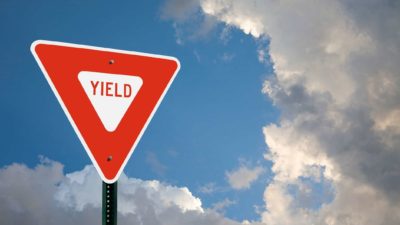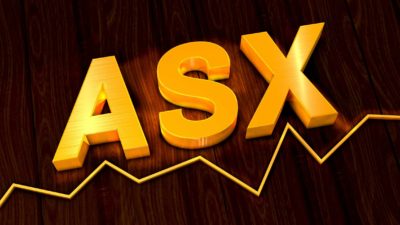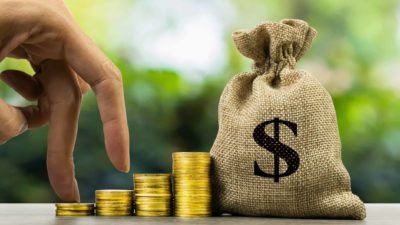Investors aren't all the same, and neither are returns. We all have our own approach that fits best with our goals, personalities and risk tolerance.
In retirement though, we're all looking for the same thing – income. Some investors are happy to simply trim their holdings each year to create some cashflow. While others prefer never selling and living solely off the dividend income from their portfolio.
Aussie shares are amongst the highest yielding equities in the world which helps. In addition, our franking credit imputation system boosts that yield further. But now there are products targeting an even higher yield for retirees. Enter Betashares Dividend Harvester Fund…
BETADIVHAR/ETF (ASX: HVST)
The fund is aimed at retirees who are seeking the highest yield possible. It aims to produce double the annual yield than the sharemarket average by holding a concentrated portfolio of large-cap shares with high gross yields. Shares like Westpac Banking Corp (ASX: WBC) and Telstra Corporation Ltd (ASX: TLS) – and holding these companies only for the dividend payment period.
After the dividend period, funds are rotated into another collection of high gross yielding shares to collect the dividends from these companies, and so on.
This strategy means the fund will create a very high level of dividends, but also capture the small price drops when each share passes its ex-dividend date. It's trading capital gains for higher yield. Most retirees are probably fine with this strategy, but it's not such a simple trade-off as the numbers will show…
The gross dividend yield based on the last 12 months payments is 13.9%, and dividends are paid monthly. Sound pretty good?
The only problem is, your capital value is declining. With that large dividend yield, your capital has actually declined by 40% had you invested from the start.
Since inception in October 2014, the fund has returned 1.88% per annum in total, including dividends and franking credits. This compares to the market's return of 8% per annum, including dividends and franking credits.
And let's take a look at those dividends…
Your first monthly payment would've been 23.5 cents per share in December 2014. Your last payment was 11.2 cents per share this month. So your dividends have in fact declined by over 50%. This is the opposite of what an income investor wants, especially a retiree.
The solution is, apparently, you're supposed to reinvest some of your dividends. But that means less income. And what's the advantage of that if your total return is so poor anyway?
Unfortunately, many retirees are been lured in by a very high gross yield and are seeing their capital and dividends decline unless they reinvest a large part of those payments, which defeats the purpose of investing in this product in the first place. The yield is simply too good to be true.
Given the market can be expected to earn roughly 8%-10% per annum, if your yield is higher than that, you can bet your income and capital are likely to go backwards over time.
In my view, a good option for high and reliable income is a low-cost LIC like BKI Investment Co Ltd (ASX: BKI). The current gross yield of BKI is 7%, its fee is tiny at 0.16%, and its dividends have been increasing steadily since listing in 2004.
Foolish takeaway
I understand the appeal of income and yield. But don't chase yield at the expense of growth. A high-income today is great, only if it can grow as well. In retirement we need our dividends to keep up with the cost of living, so targeting a higher yielding LIC with sustainable and steadily growing dividends is likely to be a more reliable choice.



